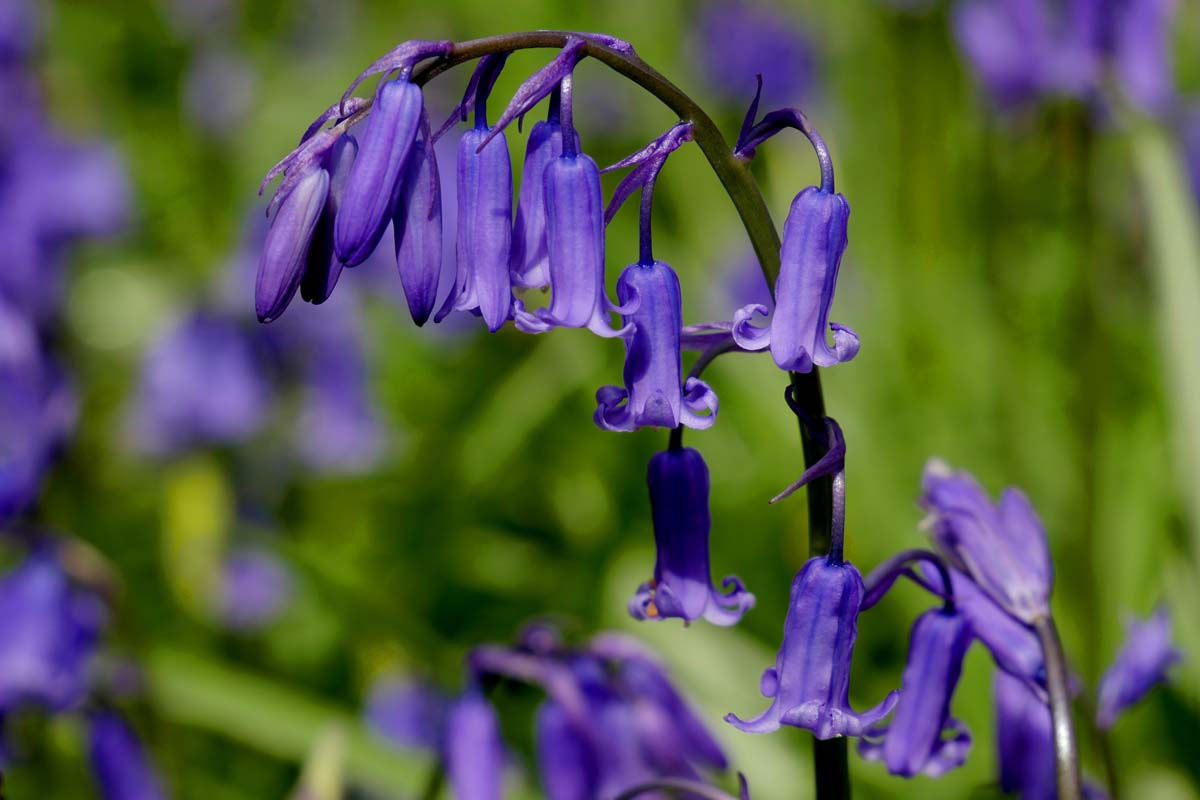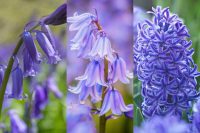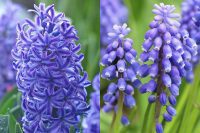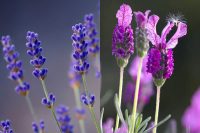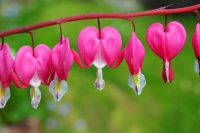English and Spanish bluebells are two species of spring flowering bulbs belonging to the Hyacinthoides genus.
Although both species share similarities, there are several differences between them. We take a look at the difference between English and Spanish bluebells.
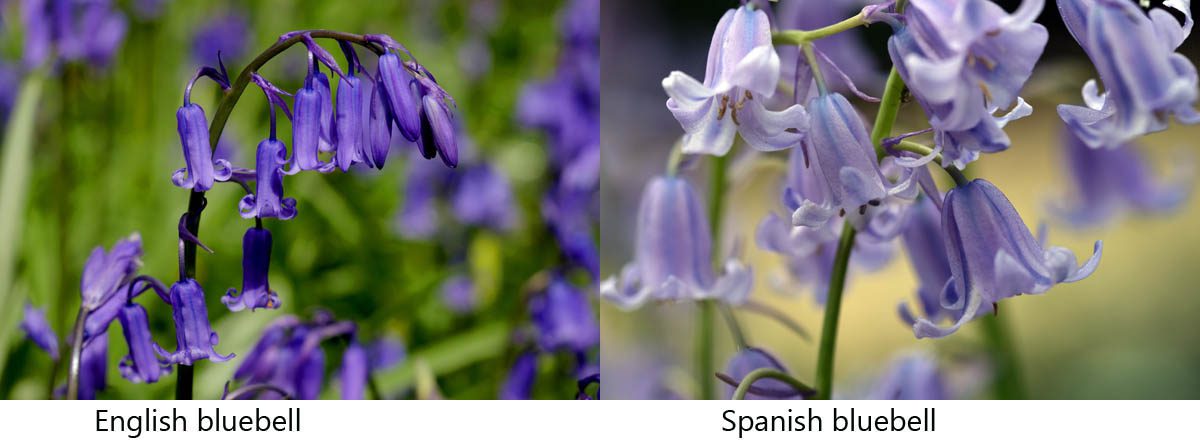
| English bluebell |
Spanish bluebell |
|
| Scientific name | Hyacinthoides non-scripta | Hyacinthoides hispanica |
| Common names | English bluebell, wild hyacinth | Spanish hyacinth, wood hyacinth |
| Native to | United Kingdom | Iberian Peninsula and Northwest Africa |
| Flower colour | Blue, deep violet-blue, broad and bell-shaped, droop down from the stem | Blue, purple or white, narrow and bell-shaped, all on one side of the stem |
| Flower shape | Long and tubular, curved at the end | Short, and as wide as it is long |
| Petal tips |
Curled back, tips slightly curved | Slightly reflexed, pointed tips |
| Tepals (petals and sepals) | Narrow, without stripes | Broad, with a thin white stripe on each |
| Anthers | Creamy white | Pale to dark blue |
| Fragrance | Strong and sweet | None or mild |
| Leaves | Narrow and strap-shaped, slightly curved edges (0.7 – 1.6 cm wide) | Broad and strap-shaped, smooth edges, 2 – 4 cm wide |
| Stems | Slightly curved, flexible | Straight, sturdy |
| Pollen colour | Cream | Blue or blue-green |
| Bulbs | Large, round-shaped, brownish | Small, oval-shaped, brownish |
| Seeds | Brown and matte, larger | Black, shiny and small |
| Blooming season | April to May | Late March to early May |
| Height | Up to 30 cm (12 inches) | Up to 45 cm (18 inches) |
| Habitat | Woodlands, meadows, hedgerows | Woodlands, meadows, scrubland, rocky hillsides |
| Sun tolerance | Prefers to grow in shady areas beneath trees in woods and forests | Can tolerate full sun and happily grow in open spaces |
| Varieties | Many, including alba (white), rosea (pink), and azure (blue-violet) | One, but has some variation in flower colour and shape |
Related: What’s the difference between English and French lavender?
What are bluebells?
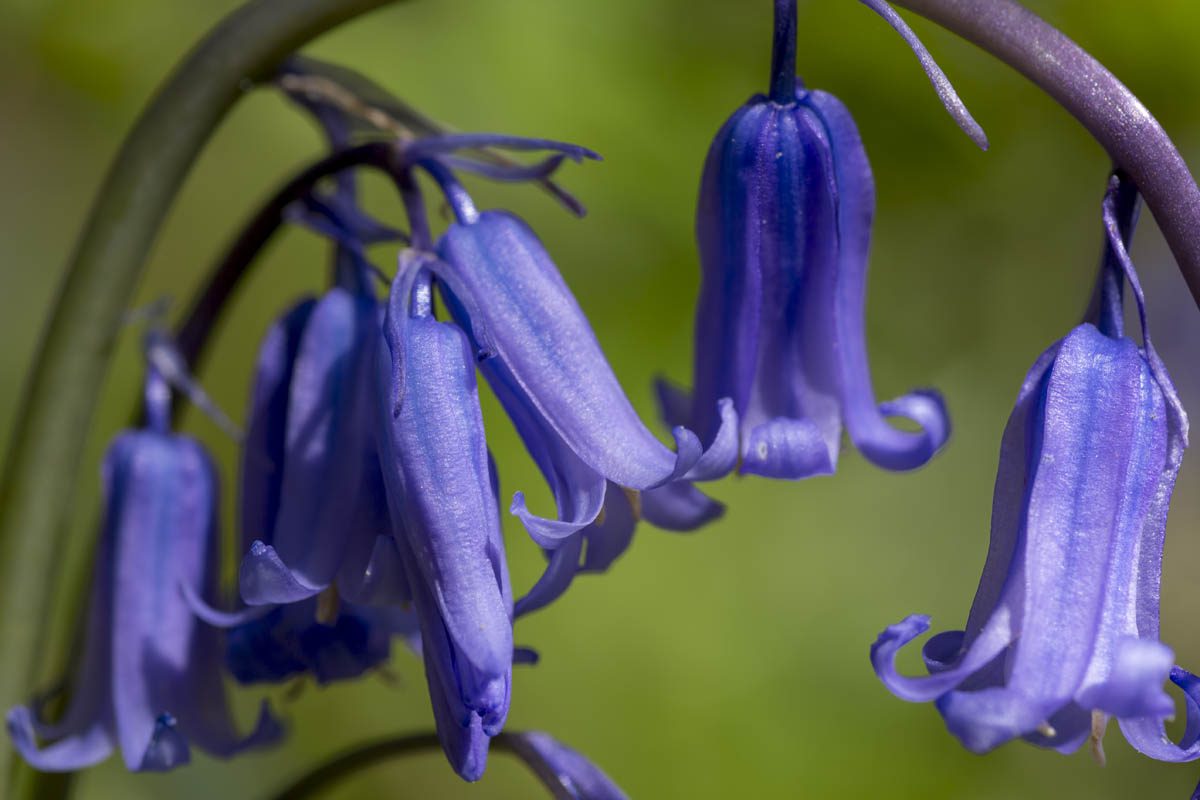
Bluebells are a genus of bulbous perennial plants known for their bell-shaped scented blue flowers that are native to Eurasia. Their preferred habitat is woodland areas where they produce a carpet of blue in spring.
We usually visit England in May when the bluebells are in full swing, and the vision of a mass of blue flowers is breathtaking. I’ve been unsuccessful in finding English bluebells here in Australia, but the Spanish variety is widely available and pop up their heads in September (early spring).
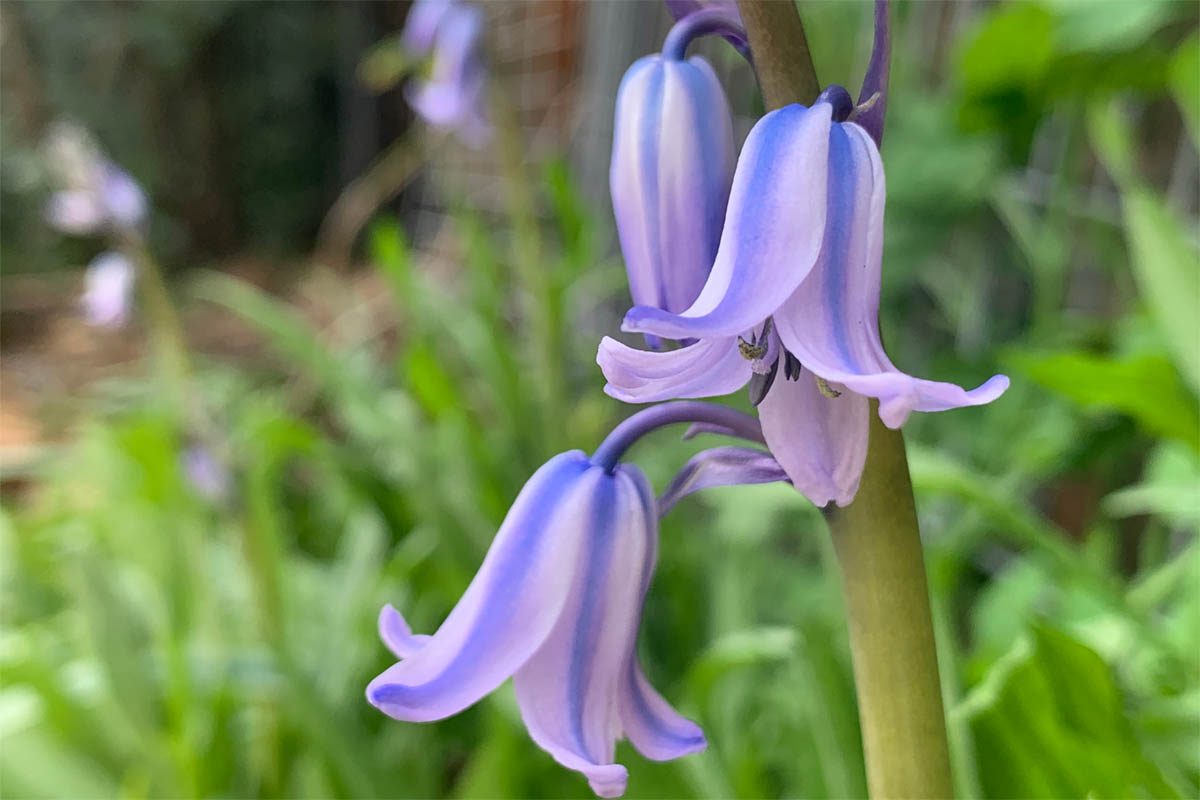
The English or common bluebell (Hyacinthoides non-scripta) is native to the United Kingdom is an understory perennial that lives in the shade of deciduous forests and woodlands. Spanish bluebells (Hyacinthoides hispanica) are native to Spain, Portugal, and Northwest Africa and can grow in full to partial sun.
The Spanish bluebell was introduced to England by the Victorians as an ornamental plant and managed to escape gardens. It is now widespread throughout the United Kingdom and is considered a threat to native English bluebells. Cross-breeding between English and Spanish bluebells has created a hybrid (H. × massartiana) which may become a dominant species over the native bluebell.
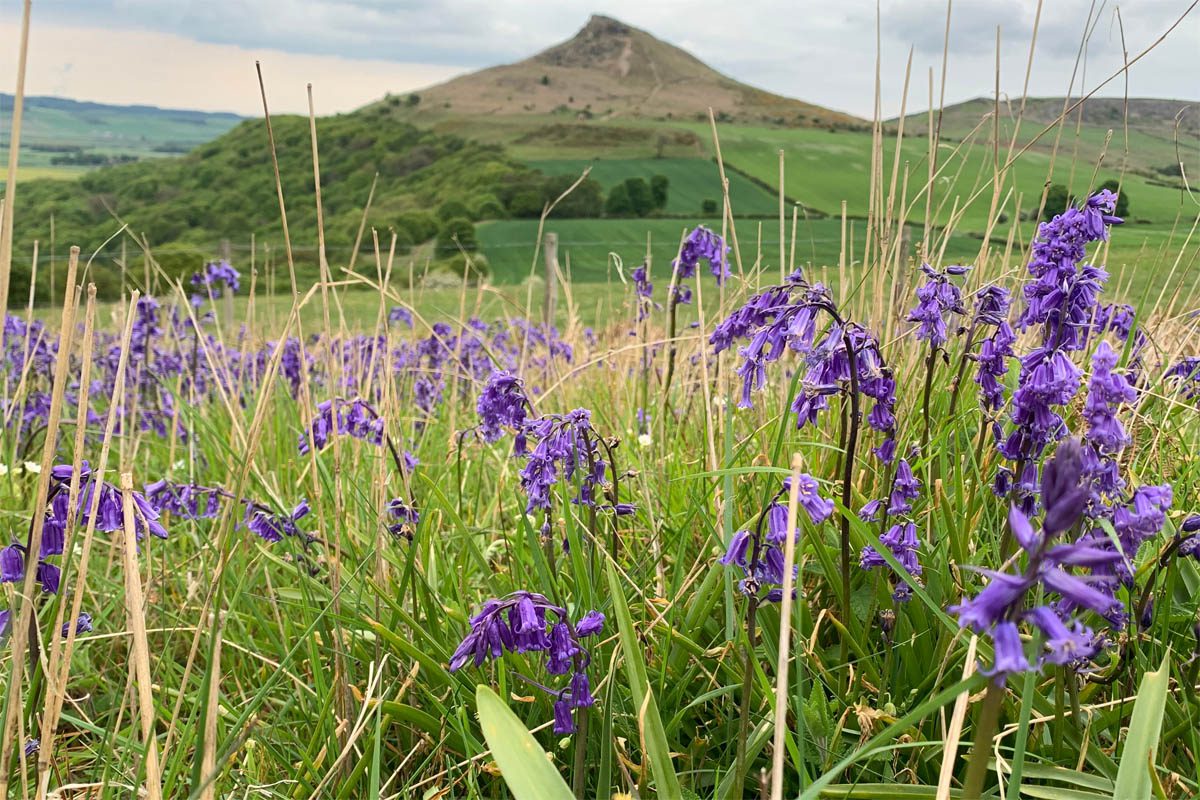
Frequently asked questions
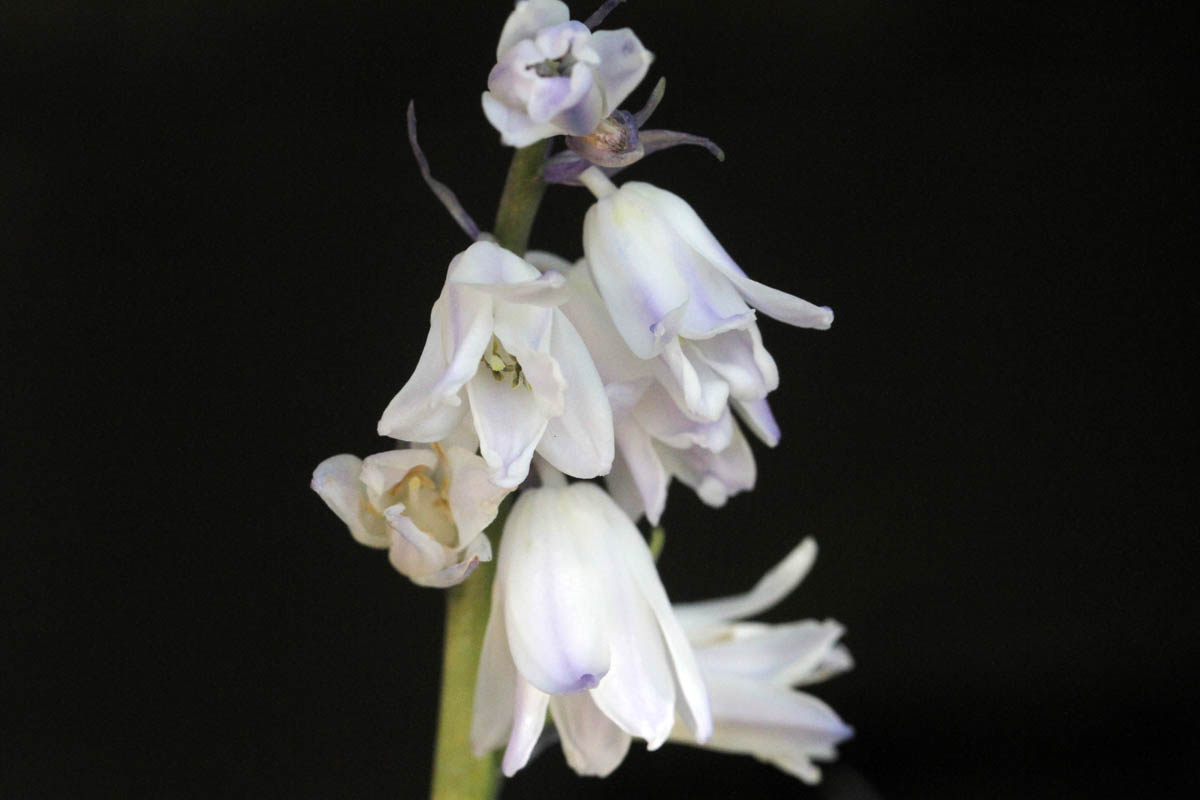
Should I get rid of my Spanish bluebells?
If you live in the United Kingdom, the removal of Spanish bluebells is recommended, especially if you live close to woodlands. The Royal Horticulture Society in the United Kingdom recommends digging Spanish bluebells and hybrids out when the leaves are visible. Do not put tubers in compost or green waste bins.
Do Spanish bluebells have a scent?
Spanish bluebells have almost no scent, the English bluebell has a strong, sweet and fruity scent.
Are Spanish bluebells invasive?
Spanish bluebells in the United Kingdom are considered invasive and should be removed.
Is it against the law to pick English bluebells?
The Wildlife and Countryside Act (1981) protects bluebells. It is against the law to pick, uproot or destroy English bluebells. Landowners cannot remove bluebells from their land to sell. The problem with picking bluebells is that removing the flower eliminates the potential for seed production, therefore reducing the number of bluebells in the wild.
Julia is a writer and landscape consultant from Wollongong with a love of horticulture. She had been an avid gardener for over 30 years, collects rare variegated plants and is a home orchardist. Julia is passionate about learning and sharing her knowledge of plant propagation and plant toxicology. Whether it’s giving advice on landscape projects or sharing tips on growing, Julia enjoys helping people make their gardens flourish.
